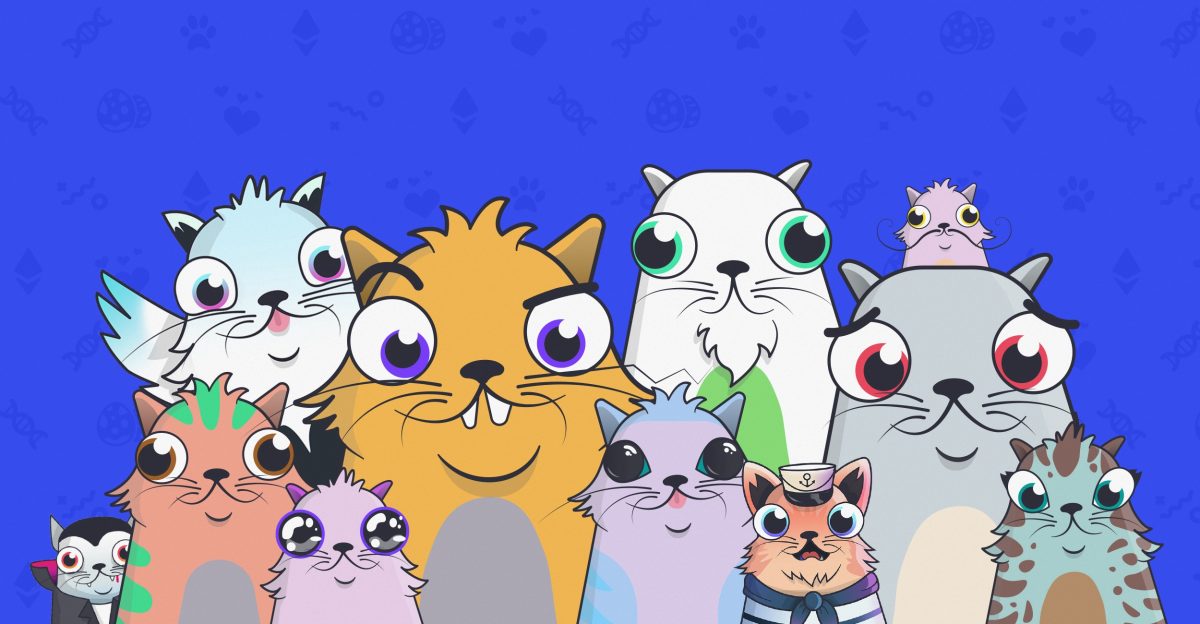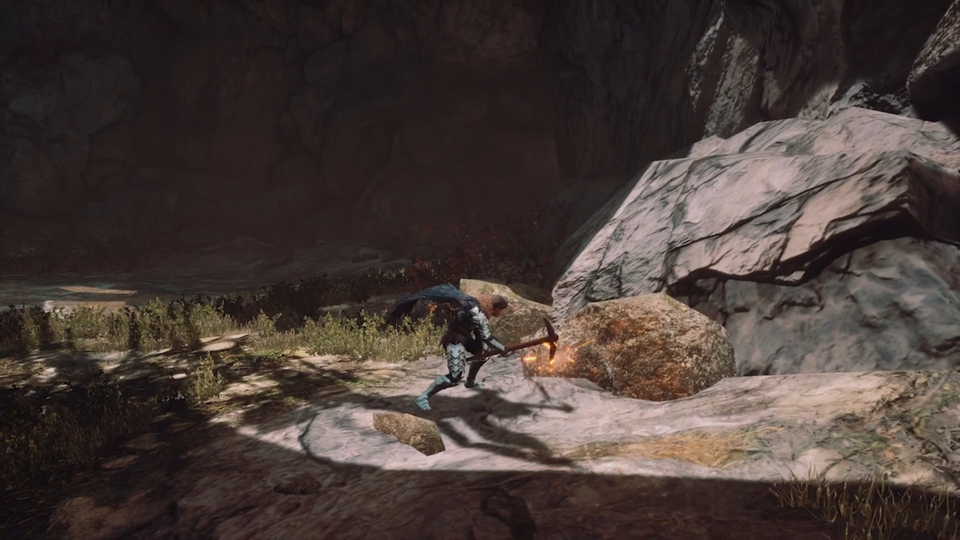Play-to-Earn and “Play and Earn” are not the same
Across all applications of NFTs, one thing has remained consistent: they are a demonstration of the immense potential of blockchain technology. In the early days of crypto, most early adopters were attracted to the idea of blockchains because of their disruptive potential in the financial world. But with NFTs, this disruption takes place across a range of industries.
NFTs have gradually gained traction among Internet-savvy users who have used this technology to launch careers in a variety of creative industries – namely music and art. However, one sector that seems to be a match made in blockchain technology has seen its market resist the idea of incorporating blockchain elements into its products: gaming.
So what is a blockchain game?
Simply put, blockchain games – also often referred to as crypto games and NFT games – are video games that have integration with blockchain technologies such as cryptocurrency and NFT.
Right. But how do blockchain games work?
Typically, these integrations come from having in-game assets for players minted as NFTs, or usable as cryptocurrency. The earning potential that comes with this has led some to refer to blockchain-based games as play-to-earn (P2E) experiences.

The idea of hosting in-game assets on the blockchain started with CryptoKitties in 2017, which centered on the mechanic of being able to trade and collect farmed virtual cats even outside of the crypto game’s client. In particular, one of this game’s earliest fans was Trung Nguyen, who later went on to create Axie Infinity – a current leader in the space – after months of obsessing over the virtual cat NFT game.
More ambitious projects such as Decentraland and The Sandbox offer blockchain integrations beyond the tokenization of in-game assets. These games give users the tools to create their own assets, from portable objects down to full-on metaverse experiences.
What not to do when creating a blockchain game
While today’s top NFT games usually have obvious P2E game mechanics, the long-term future of blockchain integration in the gaming industry may need to tone down this messaging significantly.
For example, although P2E gaming has gained a lot of support online, much of the larger gaming community remains skeptical (if not outright hateful) of new developments taking place on the internet thanks to blockchain technology, otherwise known as Web3. If you find yourself oblivious to all this vitriol, a cursory search of the term “NFT” on a widely read gaming publication Kotaku tells you everything you need to know. So, where does all this hate come from?
A lot of it comes down to what happens when blockchain game developers make games as cynical as possible. When Brazilian game developer Mark Venturelli gave an impassioned speech about how P2E games could threaten the integrity of the gaming industry at large, it was this type of game he had in mind.
So what are they? Are there developers trying to tokenize Big Rigs: Over the Road Racing? Or looking for a way to reward players with crypto every time the player character drops an F-bomb inside Rogue Warrior? (Wait, that doesn’t sound like such a bad idea in retrospect…)
Far from. At its worst, blockchain gaming – especially P2E gaming – can essentially act as a second job for a large subset of its users. Grinding for in-game rewards and currency suddenly takes a much more dystopian turn when in-game performance can determine whether or not there’s food on the table. With such potential stakes in how a game rewards you, what Venturelli described as the escapist fantasy essential to a pleasurable gaming experience is perverted.
Priorities right
Blockchain game developers have begun to heed these concerns from angry gamers and traditional game developers alike. Upcoming titles from various blockchain game development studios are now being billed as games and earn experience – markedly different from their P2E gaming ancestors.
For example, after two decades in the video game industry, South Korean game developer Wemade recently set its sights on blockchain gaming with the release of Mir 4 – a full-fledged MMO experience with blockchain integration. As part of its plans to build a full blockchain gaming platform, Wemade intends to use upcoming releases to upgrade the perception of P2E gaming.

“You will not get rich playing games on board the Wemix platform. The reason we stress play AND earn – not play TO earn – is that the financial reward is only a small part of the whole experience,” said Wemade CEO Henry Chang in an interview with nft now. “The games we serve are well-made games that are fun to play. The financial reward is not the only reason why you should play the games on the Wemix platform. It’s there to make the game even more exciting, he said.
Are P2E games really that easy?
Ok, if the right approach when building a blockchain game focuses on making a genuinely fun game instead of systems that bring out a user’s potential to earn in the game, why aren’t the developers doing this to prove all the haters wrong?
The short answer is: because game development is essentially, really hard.
It’s so difficult that instead of building their own game from scratch, the NFT Worlds team relied on a team of experienced Minecraft modders to help build a potential competitor to the Decentralands and Sandboxes of the world. As such, they hosted their entire ecosystem on Minecraft’s servers – which goes against the spirit of using blockchain technology in the first place.
With Minecraft banning NFTs and blockchain technologies on all servers, NFT Worlds now finally has to do the work and make its own game. Here’s to hoping the game will at least be fun.


